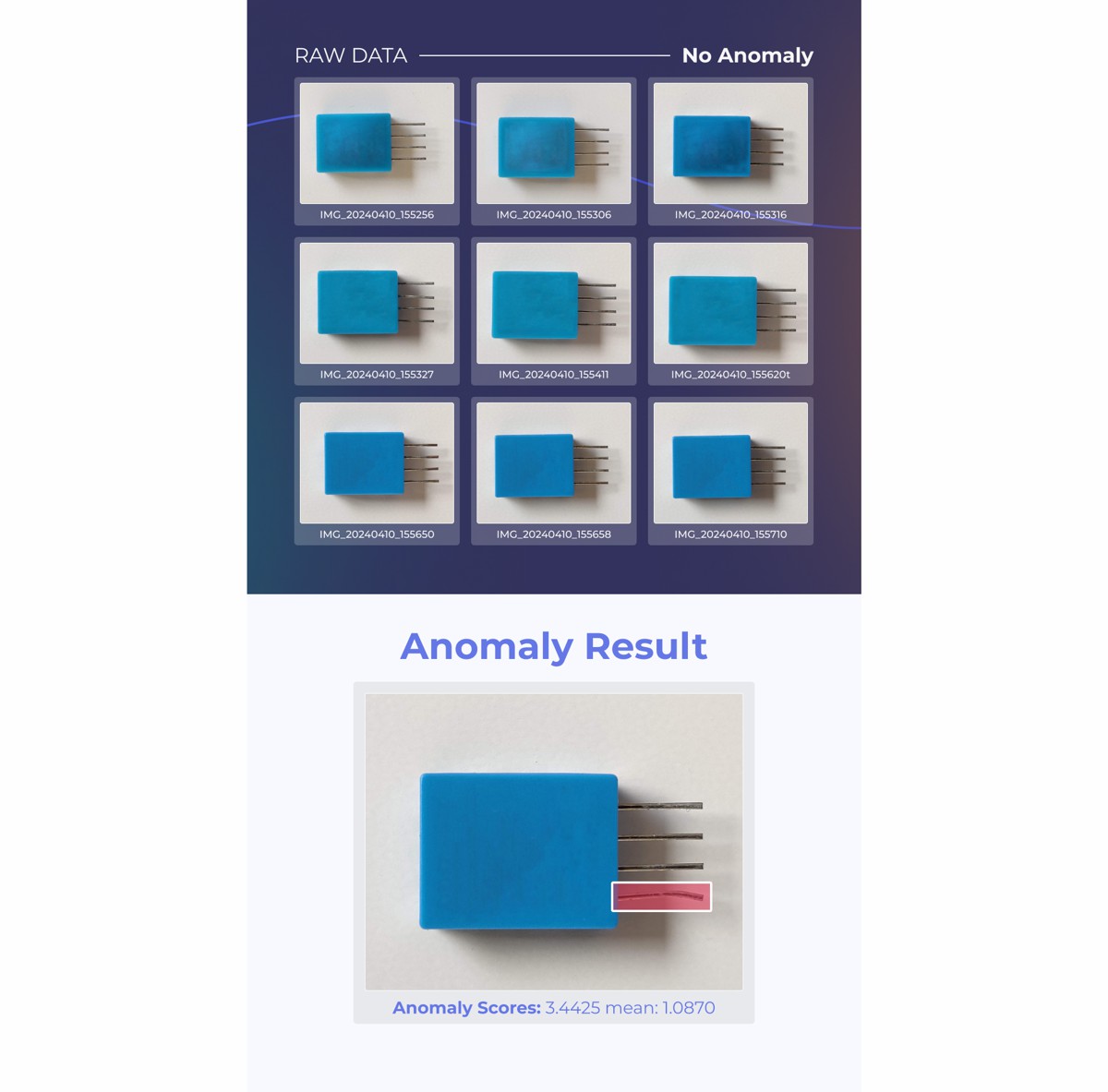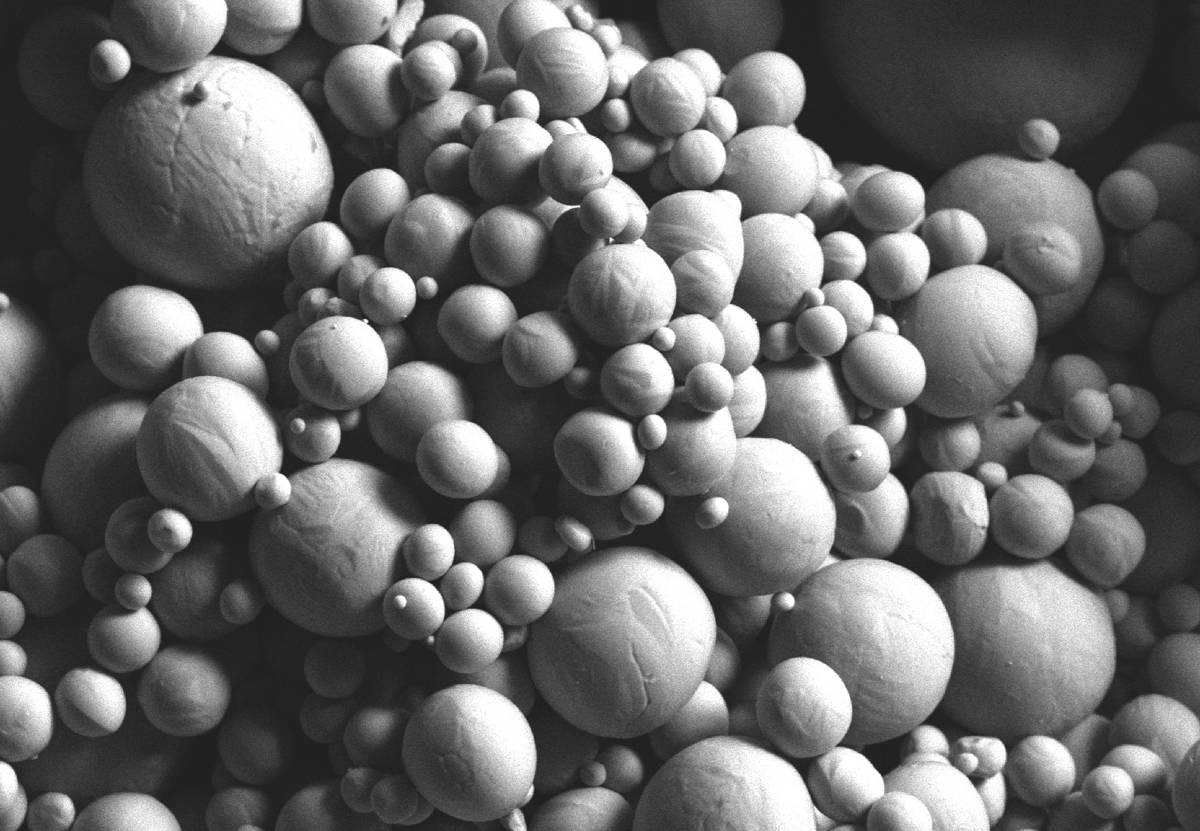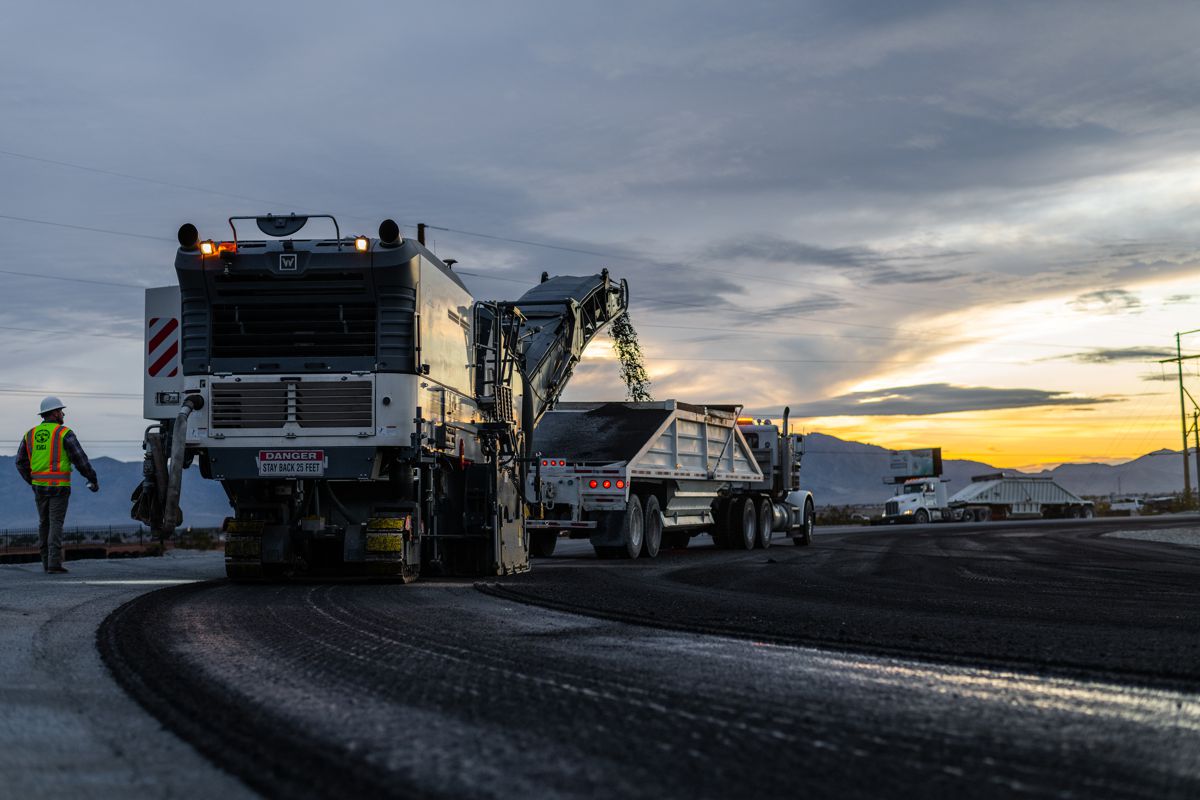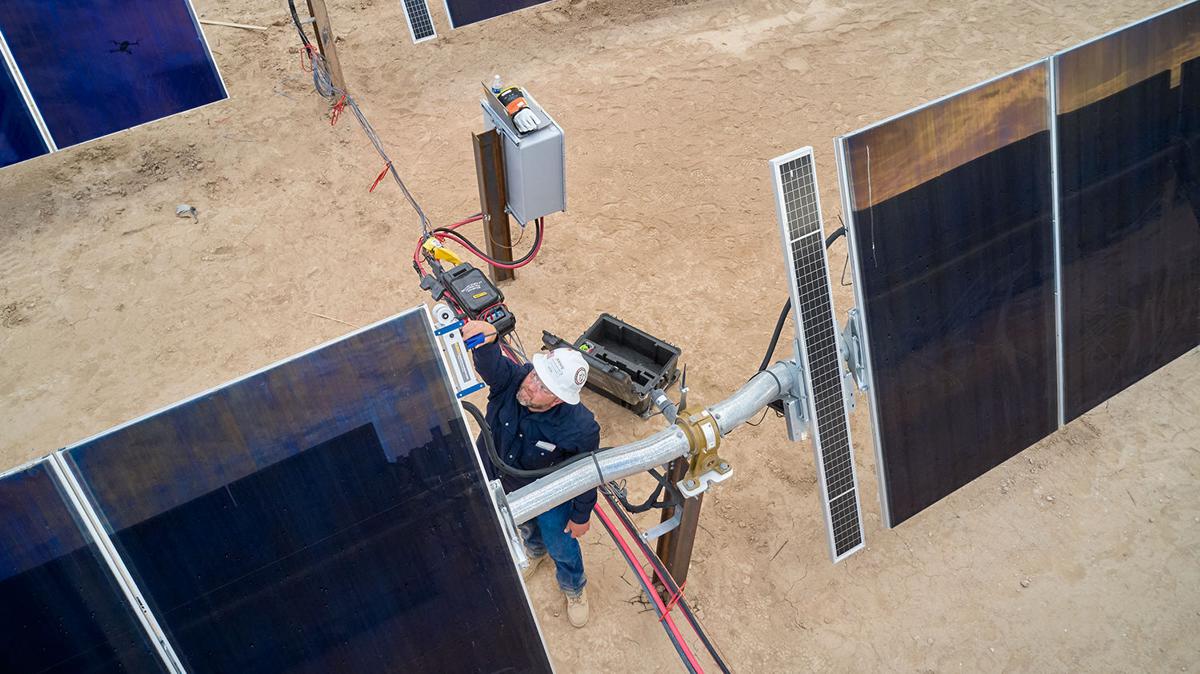3D Printed Moulds for Precast Concrete Manufacturing
Oak Ridge National Laboratory researchers have conducted a comprehensive life cycle, cost and carbon emissions analysis on 3D-printed moulds for precast concrete and determined the method is economically beneficial compared to conventional wood moulds.
Precast concrete is used in building construction and produced by pouring the material into a reusable mould. For decades, these moulds have been made from wood — a technique that requires a highly specialized skillset. As an alternative, moulds made from fibre-reinforced polymer composites can be 3D printed.
“We developed a techno-economic model that compared costs associated with each method, evaluating materials, equipment, energy and labour,” ORNL’s Kristina Armstrong said. “3D printing can make complex moulds faster, and the composites can be recycled, leading to more economical moulds when used many times for precast concrete parts.”
Optimizing mould designs also reduces energy demand and carbon emissions.
Future studies will further evaluate the recycling impact.















